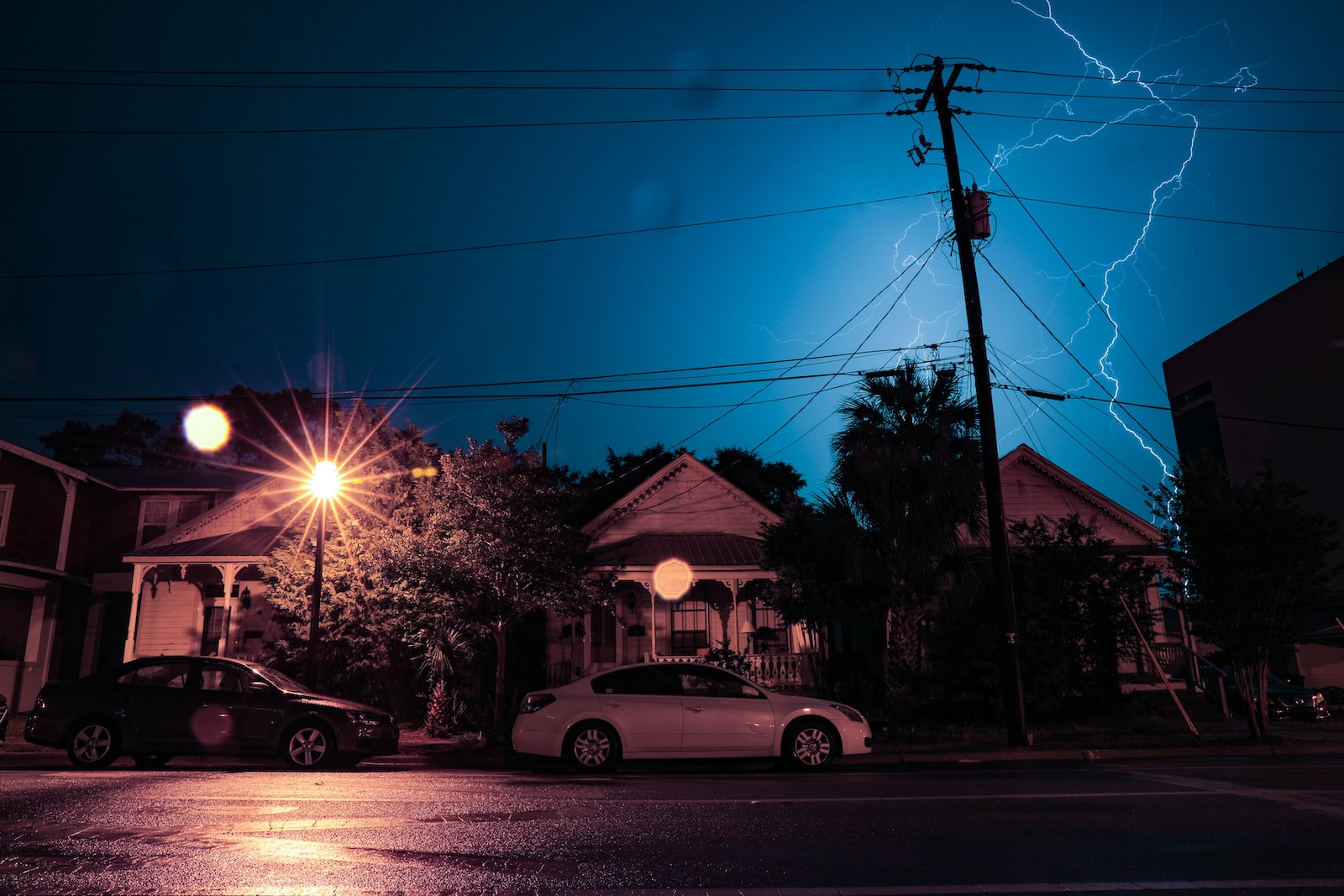Key Takeaway: While electric cars are generally safe during thunderstorms, lightning strikes can pose a risk to their components. Understanding the potential impact and taking necessary precautions can help electric car owners minimize the risk of damage.
Electric cars have gained significant popularity in recent years due to their environmental benefits and advancements in technology. These vehicles are powered by electricity instead of fossil fuels, making them a sustainable choice for transportation. However, like any other electronic device, electric cars are vulnerable to the effects of lightning strikes. In this article, we will explore how lightning can impact electric cars, the potential consequences of such strikes, and the safety measures that electric car owners can take to mitigate the risk.
The Vulnerability of Electric Cars to Lightning Strikes
Electric cars, just like traditional vehicles, can be struck by lightning. However, due to their unique design and reliance on electrical components, they may be more susceptible to damage from lightning. Unlike internal combustion engines, electric cars rely on complex electrical systems to power their motors and operate various functions. Components such as the battery, charging system, and electronic control units are particularly vulnerable to the effects of lightning strikes.
Effects of Lightning on Electric Car Components
- Battery: The battery is the heart of an electric car, supplying power to the motor. A direct lightning strike on the battery can cause severe damage, potentially leading to a complete failure or even a fire. Lightning can create a surge of electricity that overwhelms the battery’s capacity, damaging its internal structure and rendering it unusable.
- Charging System: Lightning strikes can also impact the charging system of electric cars. Electric vehicle supply equipment (EVSE), which includes charging stations and cables, can be damaged by power surges caused by lightning. This can lead to malfunctions or even complete destruction of the charging infrastructure.
- Electronics: Electric cars are equipped with numerous electronic control units (ECUs) that manage various systems, including the motor, brakes, and safety features. Lightning strikes can cause power surges that damage these delicate electronic components. This can result in system failures, loss of control, or compromised safety features.
Safety Measures During Thunderstorms:
While the risk of lightning strikes on electric cars is relatively low, it is still important for owners to take precautions during thunderstorms. Here are some safety measures to consider:
- Park in a Safe Location: During a thunderstorm, it is advisable to park your electric car in a covered area, such as a garage or carport, to minimize exposure to lightning. If indoor parking is not available, avoid parking near tall structures or trees that can attract lightning.
- Avoid Open Spaces: If you are driving during a thunderstorm, try to avoid open spaces where you are more exposed to lightning strikes. Seek shelter in a safe location until the storm passes.
- Unplug from Charging: If your electric car is charging during a thunderstorm, it is recommended to unplug the charging cable from both the vehicle and the charging station. This reduces the risk of power surges traveling through the charging infrastructure and damaging the car’s electrical system.
Insights from Experts on Lightning Protection Systems
To address the potential risks of lightning strikes, experts and manufacturers are developing lightning protection systems specifically designed for electric cars. These systems aim to divert the electrical energy from lightning strikes away from critical components, such as the battery and electronics. By incorporating lightning rods, conductive materials, and surge protection devices, these systems provide an additional layer of protection to minimize the impact of lightning strikes.
Real-Life Examples of Lightning Strikes on Electric Cars
Though relatively rare, there have been instances of electric cars being struck by lightning. One such incident involved a Tesla Model S in Germany. The lightning strike caused significant damage to the vehicle’s electrical system, resulting in a total loss. These real-life examples serve as a reminder of the potential risks electric car owners face during thunderstorms and the importance of taking precautions.
Insurance Coverage and Claims
In the event of lightning damage to an electric car, insurance coverage can play a crucial role in mitigating the financial impact. Comprehensive auto insurance policies typically cover lightning strikes, providing coverage for repairs or replacement of damaged components. However, it is essential to review your insurance policy to ensure that it includes coverage for lightning damage on electric vehicles. Contact your insurance provider to clarify any doubts and understand the extent of coverage.
Future Advancements in Lightning Protection for Electric Cars
As electric car technology continues to evolve, manufacturers are actively exploring ways to enhance lightning protection. This includes the development of more robust electrical systems, improved grounding techniques, and advanced surge protection devices. Additionally, advancements in weather forecasting and real-time monitoring systems can help electric car owners receive timely alerts regarding approaching thunderstorms, allowing them to take necessary precautions proactively.
In conclusion, while electric cars are generally safe to use during thunderstorms, the risk of lightning strikes should not be overlooked. Lightning can cause severe damage to electric car components, particularly the battery, charging system, and electronics. Electric car owners should be aware of the potential risks and take necessary precautions to protect their vehicles. By parking in safe locations, avoiding open spaces during storms, and unplugging from charging, owners can minimize the risk of lightning damage. Furthermore, advancements in lightning protection systems and future technologies will continue to reduce the vulnerability of electric cars to lightning strikes, ensuring a safer and more sustainable driving experience.



